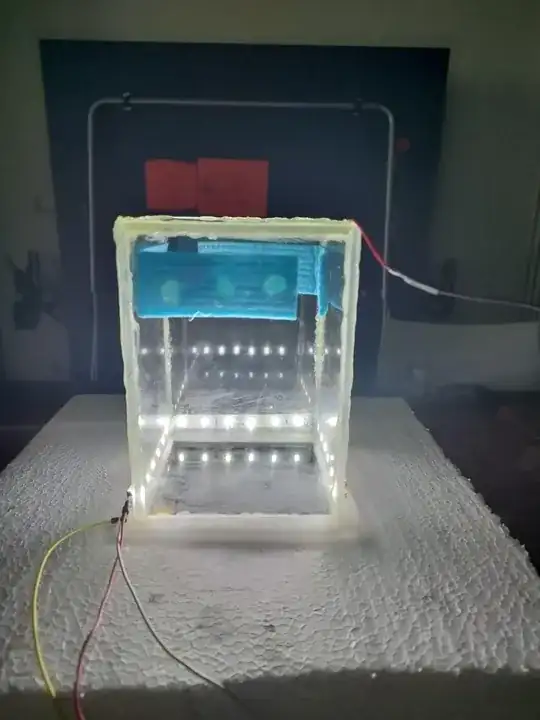I'm trying to build a cloud chamber using a peltier thermoelectric cooler. So far, I've managed to detect some particles, but their trails are very weak (I've used a high voltage generator, about 4kV, obtained from an electrical fly swatter. I'm planning to add a heating element on the top of the chamber to increase the temperature gradient and thus the thickness of the cloud in the active region hopefully. If you have suggestions, they are welcome). The setup is this:
The problem for now is that condensation is produced on the lower part of the plexiglass when the chamber is running. I've tried insulating the juncture of the bottom part using some kind styrofoam, as it is possibile to see in the photo, but the result is the same.
Is there a way to completely prevent condensation on the wall of the plexiglass?
P.S.: Thank you in advance for any answer and please excuse my English, as I'm still practicing it.
